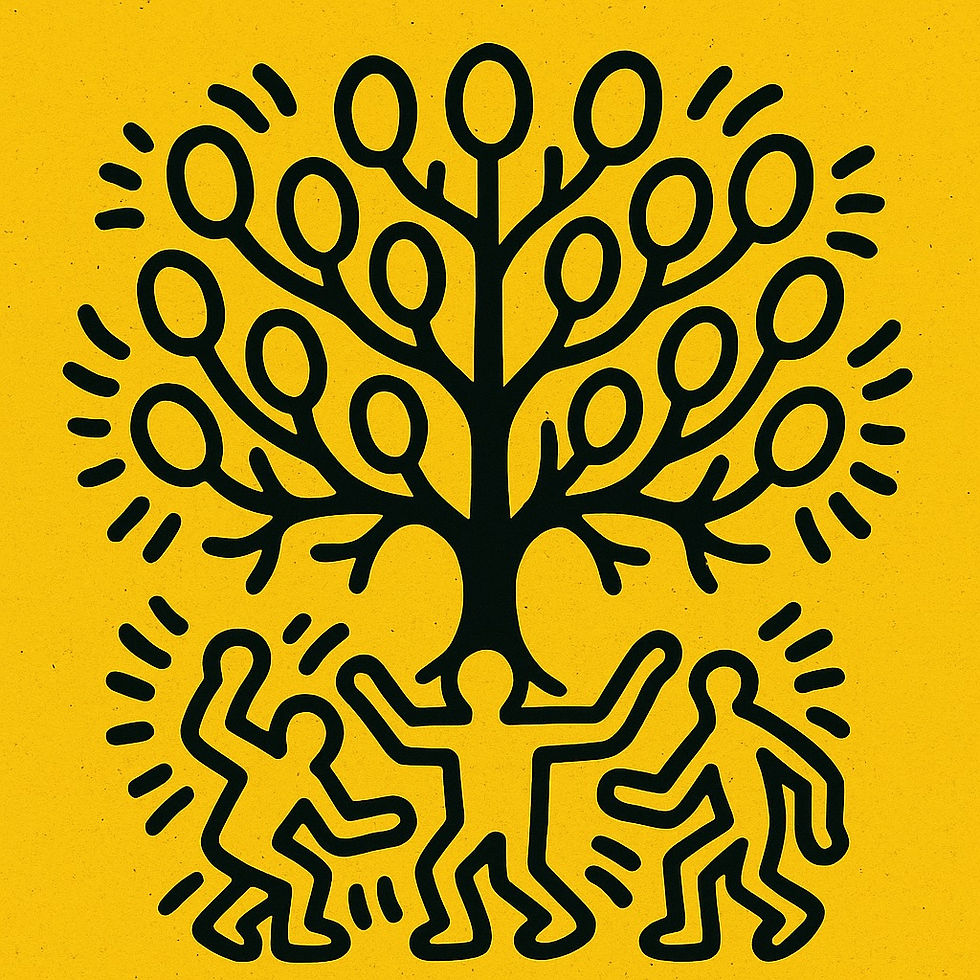When "Consumption" brought Death
- Patrick

- Aug 5
- 2 min read
Anyone involved in genealogical research will be familiar with the phenomenon: you come across death records, church registers or old chronicles - and find terms such as "consumption", "dropsy" or even "the evil heat". What reads like something from a gloomy novel were once real medical diagnoses. But what exactly was behind these terms?

Medical journey through time: Between bloodletting and superstition
Before x-rays, laboratory diagnostics and modern antibiotics, the understanding of diseases was closely linked to visible suffering. Symptoms were observed - emaciation, discoloration, fever - and given names. Not infrequently, these names reflected the cultural context, beliefs or even political enemy images.
The "French disease", for example, was not a French ailment, but another name for syphilis. Other nations called it the "Neapolitan disease" or the "Polish disease", depending on who they wanted to blame.
When "gay" wasn't nice
Many terms seem harmless today, but had dramatic meanings. The term "boil" meant a lump, a tumor or an ulcer. The "sting" was not an insect injury, but stood for pneumonia - presumably because the chest pain of pneumonia was often perceived as stinging.
"Stupid" and "insanus" are fortunately medically outdated today. They were collective terms for mental illnesses, mental disabilities or behavioral disorders - long before the development of modern psychiatry.
From "addiction" to symptom
The old use of the word "addiction" is also interesting. It did not necessarily mean addiction, but was a collective term for ailments - people spoke of "dropsy" (edema), "lung addiction" (tuberculosis) or "falling sickness" (epilepsy).
The notorious "putrid fever", often mentioned in connection with unhygienic conditions, was usually typhus or typhus - diseases transmitted by lice and poor hygiene.
Genealogical research with a medical dictionary
For family researchers, knowledge of these old terms is worth its weight in gold. Only those who can interpret the names of diseases at the time can correctly understand the living conditions of their ancestors. If an ancestor was "bresthaft", this does not mean that he was a hypochondriac - but simply "frail". Rottenness" sometimes meant cancer, "semolina" indicated kidney stones and "gout" was a painful metabolic disease.
Why we should take a look
Reading old disease names is not just an academic exercise. It opens a window into the world of our ancestors - their fears, their suffering, but also how they dealt with illness and death. In a time without hospitals, without antibiotics, without vaccinations, knowledge of symptoms was essential for survival - and was passed down through language.
Conclusion: language history meets family history
Old names for illnesses are more than just medical terms from times gone by - they are linguistic witnesses to the everyday lives, worries and world views of our ancestors. If you know how to interpret them, you can better understand genealogical sources and place the circumstances of your own ancestors more precisely.
I have compiled an overview of the most important historical disease names, including their current meaning and a brief explanation, which you can download here free of charge:



Comments